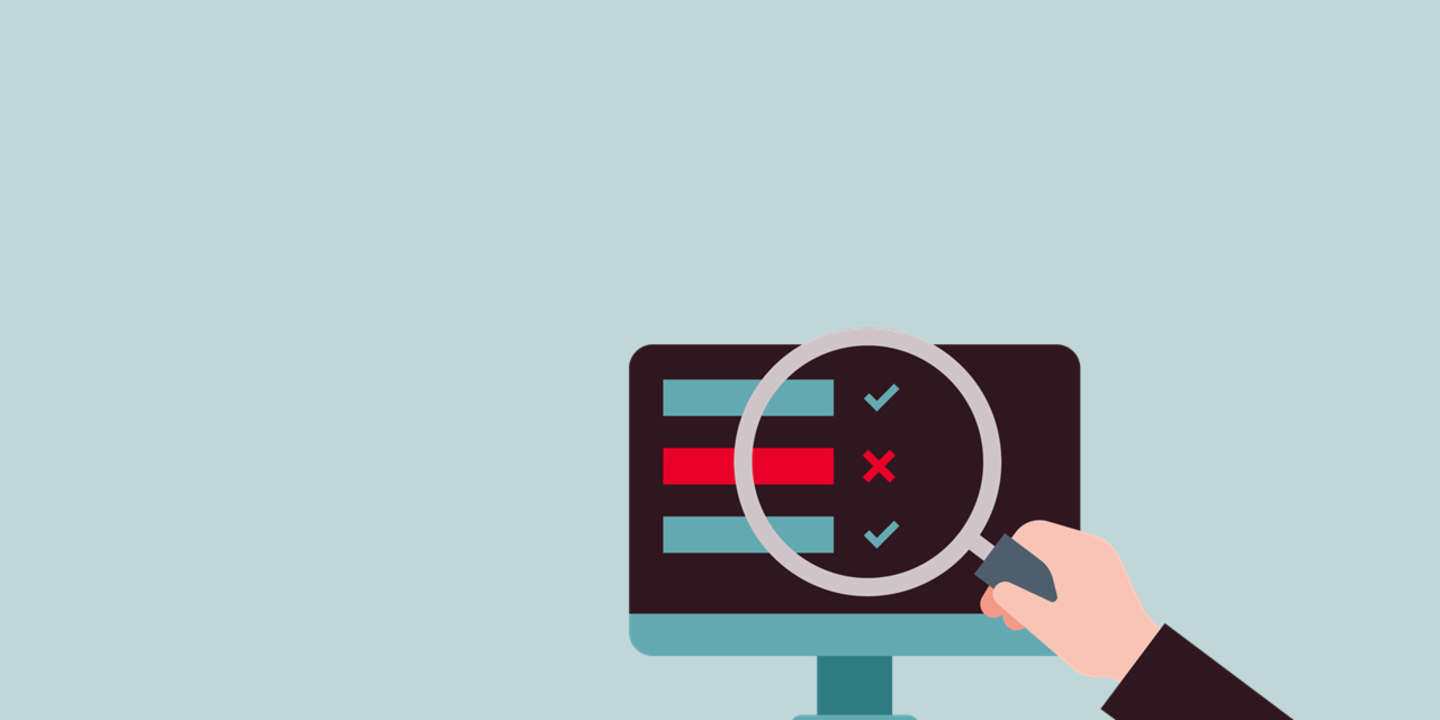Survey: Digital boost triggered by the pandemic has not reached receivables management.
The EOS survey “European Payment Practices 2022” shows that despite the pandemic and the surge in digitalization, many companies remain hesitant about digitalizing their receivables management.
- The payment practices of consumers have deteriorated in the course of the Covid-19 crisis.
- Increased workload in receivables management.
- Dunning systems getting left out of the digital transformation at many companies.
- Companies are risking their liquidity due to hesitancy about digitalizing receivables management.
When it comes to receivables management, companies have a digital backlog. This was one of the findings of the EOS survey “European Payment Practices 2022”, which polled 3,200 financial executives from 16 European countries. Many business owners are still proceeding tentatively with the establishment of a digital receivables management system, although they then run the risk of sitting on their outstanding payments.
The pandemic has changed receivables management.
The Covid-19 crisis has in fact already changed the dunning process. One in four companies (26 percent) has outsourced its receivables management to a debt collection provider. Roughly almost as many have pushed forward with digitalization in the course of the pandemic, whereby the trend is slightly more pronounced in Eastern Europe (28 percent) than in Western Europe (23 percent). The proportion of financial executives whose companies’ dunning processes are already fully digitalized has meanwhile increased by as much as 24 percent between 2019 and 2022.
However, expressed in absolute figures, a different picture emerges: Overall, just 21 percent of all companies in Europe have a fully digitalized dunning system, while another 29 percent have a largely digitalized dunning system. However, as many as 45 percent operate a receivables management system that is only partially or barely digitalized. While 23 percent of companies in Germany have now fully digitized their dunning process (in 2019 it was only 1 percent), 8 percent continue to process their receivables largely manually.
Further digitalization is urgently needed.
This is despite the fact that digitalization is absolutely imperative, because the payment practices of European customers have deteriorated substantially since 2019, with 21 percent of payments arriving late. Almost two-thirds of the companies polled (63 percent) see pandemic-induced liquidity issues as the reason for private customers paying late or not at all. In the case of business customers, 60 percent of payment defaults are due to non-payment by a company’s own customers.
Firms risk extra workload and liquidity shortages.
For the creditor companies affected, this not only means a lack of liquidity, but also extra work. In the survey, one in three European companies stated that the work involved in receivables management had increased compared with pre-pandemic times. The most severely affected by this were companies in Romania (40 percent) and Slovakia (37 percent). In Germany, 33 percent reported increased workload.
By delaying digitalization, companies risk unnecessary extra work and liquidity shortfalls, says Michaela Homann, Head of Customer Communications at EOS Deutschland: “Digital processes in receivables management are already contributing to a low failure rate, as companies are reaching their customers on the most appropriate communication channel and at the most suitable time for that particular individual. An automated process allows us to already identify the issues of concern to the consumer in the majority of email inquiries. This makes it easier for our experts to answer complex questions.” At the same time, structured data provides the basis for more efficient processes in future, she says: “It gives us the opportunity to respond to emails appropriately and correctly without human intervention.” There is also a psychological effect, as digitalization ensures better communication with customers.

In our experience, defaulting consumers want to make payments quickly, using digital means and without a lot of effort. By linking technology with the perspective of the defaulting consumers we improve repayment rates. Self-service offers with around-the-clock availability, as well as digital payment options, are increasingly becoming the norm.
Costs for digitalization pay dividends.
“The EOS survey confirms that the pandemic has accelerated the digitalization process, but there is still a lot to do,” says Justus Hecking-Veltman, Member of the EOS Group Board of Directors and CFO: “Companies need to stay the course and further digitalize their receivables management to reduce payment defaults.” Investments in this area pay dividends in the long term, he says, pointing to the experience of the EOS Group: “We were able to further improve our service to companies and defaulting consumers, because in fiscal 2021/22 alone, we invested around €20 million in our core debt collection systems and innovative technology.”
And such improvements will be all the more important, the more the economic mood turns. For example, in July 2022, the EU Commission revised its growth forecast for European GDP by the end of the year to 2.6 percent, whereas at the beginning of the year it had estimated it at 4 percent. At the same time, the Commission expects the inflation rate in the euro zone to reach 7.6 percent in 2022.
This goes hand in hand with a significant decline in on-time payments. And the trough has not yet been reached, says Justus: “We have to assume that there will a further deterioration in future.” Companies that don’t digitalize run the risk of sitting on their unpaid invoices. For the CFO, therefore, the aim is clear…

Companies need to stay the course and further digitalize their receivables management to reduce payment defaults.” With its longstanding experience, EOS can provide effective support with this process.
Are your interested in more details regarding digitization and receivables management in Europe? Get in touch for further results.
Photo credits: EOS

